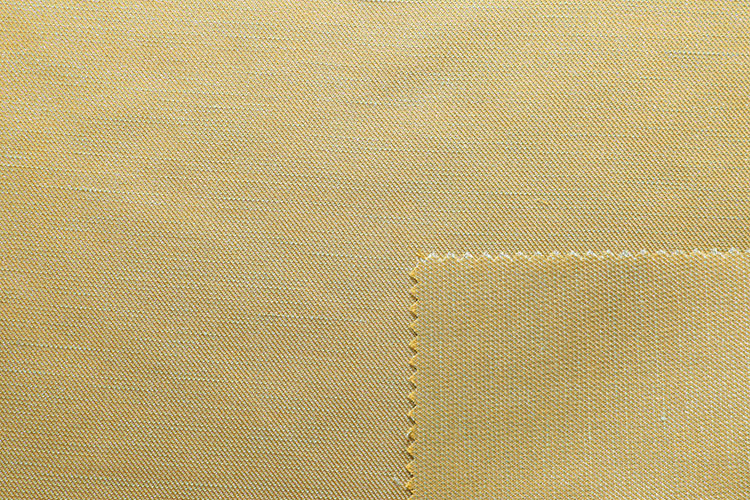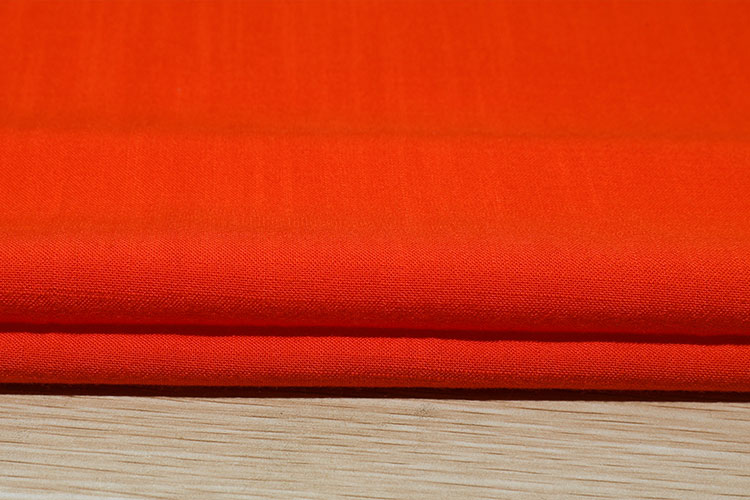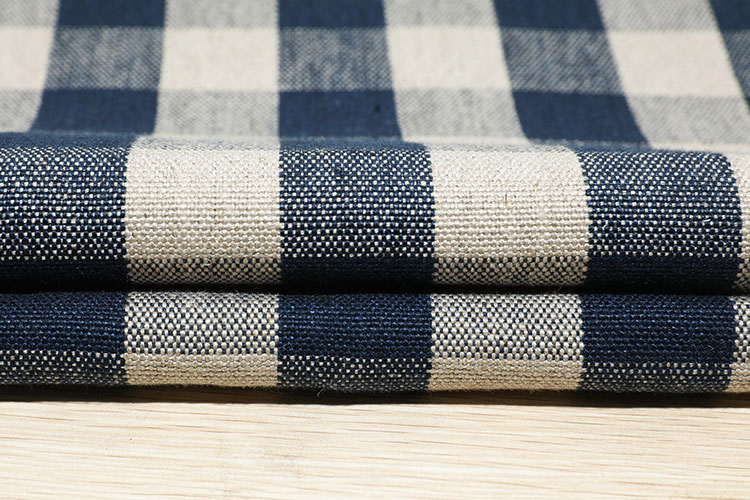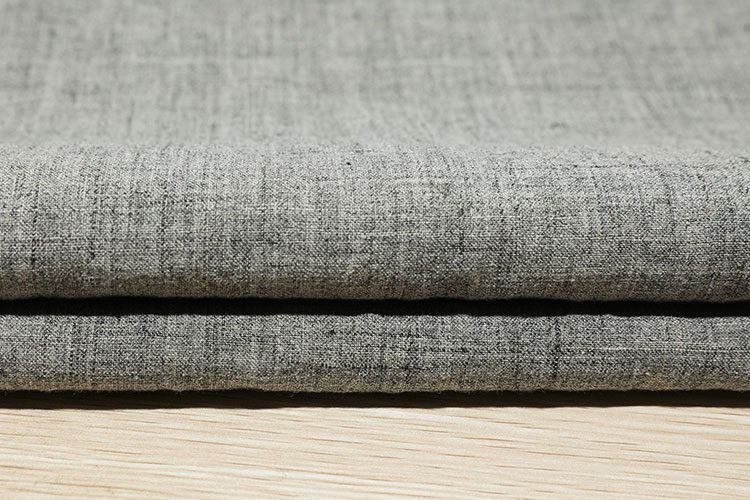1. What are the key factors to consider when selecting upholstery fabric?
a. Durability: Durability is a critical factor, especially for furniture that will experience frequent use or heavy traffic. The fabric should be able to withstand abrasion, stretching, and pulling without losing its integrity. Factors such as fabric weave, fiber content, and thread count influence the fabric's durability. It's essential to select upholstery fabric that is specifically designed to withstand the demands of its intended use.
b. Cleanability: Upholstered furniture is prone to spills, stains, and everyday dirt. Considering the fabric's cleanability is crucial, especially in households with children or pets. Some fabrics are treated with stain-resistant finishes, making them easier to clean. Additionally, fabrics with tight weaves and smooth surfaces are generally more resistant to stains and easier to maintain.
c. Color and Pattern: The color and pattern of the upholstery fabric have a significant impact on the overall aesthetics of the space. Consider the existing color scheme, décor style, and the desired ambiance when selecting fabric. Neutral colors and subtle patterns provide versatility and can easily blend with various interior design themes. However, bold colors and patterns can add personality and make a statement if that is the desired effect.
d. Fabric Content: The type of fibers used in the fabric affects its characteristics, such as comfort, durability, and maintenance. Common upholstery fabric fibers include natural fibers like cotton, linen, and silk, as well as synthetic fibers like polyester, nylon, and acrylic. Each fiber has its advantages and considerations. For example, natural fibers provide breathability and a luxurious feel, while synthetic fibers offer increased durability and resistance to wrinkling.
e. Fade Resistance: If the furniture will be exposed to direct sunlight, fade resistance becomes important. Sunlight can cause fabrics to fade or discolor over time. Choosing upholstery fabric with fade-resistant properties, such as UV protection or colorfastness, helps maintain the fabric's appearance and prolong its lifespan.
f. Comfort: Comfort is a significant factor, particularly for furniture that will be used for long periods. The fabric's texture, thickness, and breathability contribute to the comfort level. Fabrics with a soft touch and good breathability, such as natural fibers or blends, are often preferred for upholstery applications.
g. Style and Texture: Upholstery fabric can add texture and visual interest to furniture. Consider the desired style and texture of the fabric to complement the overall design theme. Textured fabrics like jacquard, chenille, or velvet can add depth and richness to furniture, while smooth fabrics like silk or satin offer a sleek and sophisticated look



 English
English Chinese
Chinese




 +86-573-81880066
+86-573-81880066 +86-13666752302
+86-13666752302 enbo_dong@126.com
enbo_dong@126.com